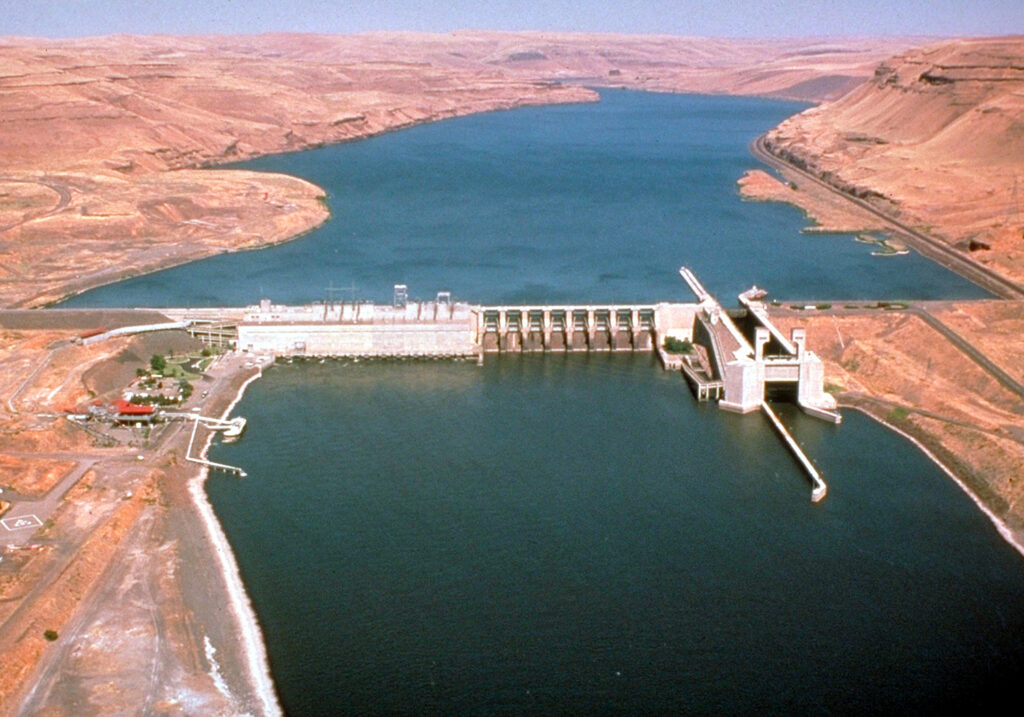Local leaders banded together to support the four hydroelectric dams on Eastern Washington’s lower Snake River and the role they play in maintaining reliable and affordable power to the state and region.
The boards of Benton PUD, Franklin PUD, Benton REA and the Richland City Council unanimously approved resolutions firmly stating the removal of the lower Snake River dams would negatively impact our region’s ability to provide reliable, clean and affordable power to their consumers.
“Removing the lower Snake River dams is bad for the state of Washington, our local economy and the region’s overall quality of life,” says Roger Wright, Franklin PUD Commission president. “These dams mean carbon-free energy at an affordable cost and greater reliability for all utility customers. To Eastern Washington and the Columbia River Gorge, the impacts are even greater. They impact the lives of thousands of families through irrigation, navigable waterways and outdoor recreation.”
The Bonneville Power Administration identified the lower Snake River Dams as a lowcost resource, critical to supporting reliable power by maintaining a constant balance of generation and load. According to BPA, Ice Harbor Dam is critical to the local area because it provides support during high-demand periods. If Ice Harbor Dam was breached, either costly new generation or significant transmission reinforcements would be needed to meet Tri-Cities power loads, especially during the high-demand summer.
Some anti-dam groups use emotional scare tactics to connect cyclic decreases in salmon populations to operation of the dams. Studies carried out by several groups, including the National Oceanic Atmospheric Administration Fisheries and the Environmental Protection Agency, show that predation, ocean conditions, pollution and other factors have greater, far-reaching effects on salmon during their lifespan than the relatively brief period they spend around hydroelectric dams.
The U.S. Army Corps of Engineers operates the dams according to federal requirements developed over decades of extensive scientific research, and fish runs have significantly improved. More than 96% of young salmon make it past each of the Snake River dams on their downriver passage.
“Since 1978, electric ratepayers have spent $17 billion on infrastructure and other fish restoration projects,” says Benton PUD Commission President Jeff Hall. “Those projects have made a real difference, and are evidence that dams and salmon can coexist.”
“The city of Richland supports the Federal Columbia River Power System, recognizing its role in environmental stewardship and economic vitality,” adds Richland Mayor Bob Thompson. “We oppose removal of the lower Snake River dams.”
Some resolutions highlighted the irony that comes from the Washington State Legislature passing a bill calling for a 100% emission-free power system, while at the same time, the governor appropriated $750,000 to study breaching parts of the hydro system that make wind and solar possible. The region has made huge strides toward 100% clean energy, with hydropower the backbone of the system.
Hydropower helps our economy and provides firm backup for intermittent renewable energy generation.

